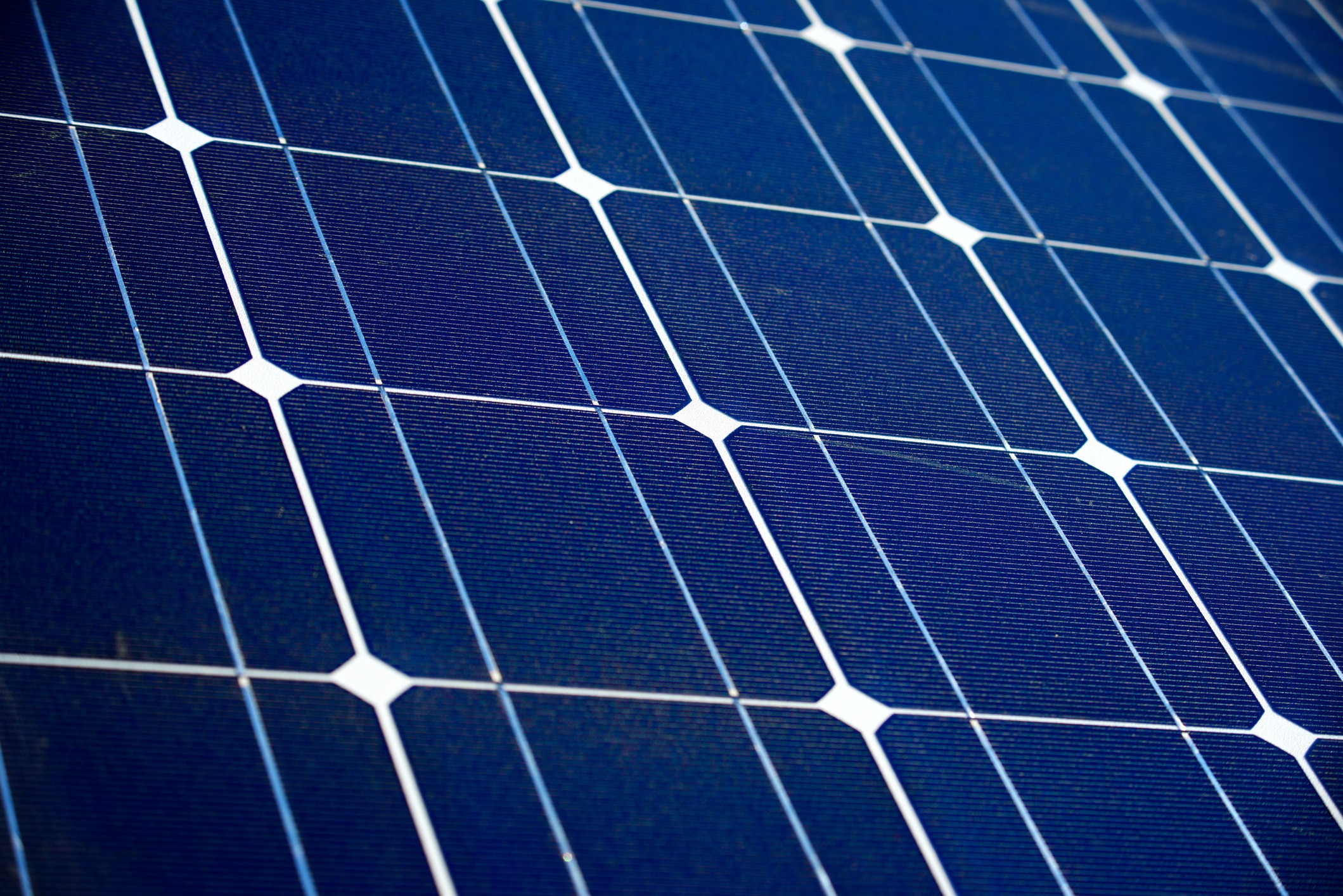Navigating the Hidden Costs of Rooftop Solar Panels
How Accessible is Rooftop Solar?
As the cost of solar panels and solar shingles continues to decrease, millions of homeowners across the country might be considering investing in rooftop solar arrays to provide their own electricity.
- First and foremost, it is worth noting that around 43 percent of all households in the United States rent the homes they live in. For those households, rooftop solar panels are not an option.
- Not all roofs are adequate or suitable for rooftop solar panels. Roofs with steep pitches that are covered by long hours of shade or are not properly oriented are also usually not recommended for rooftop solar installation.
- One recent study by the National Renewable Energy Laboratory (NREL) titled “Rooftop Solar Technical Potential for Low-to-Moderate Income Households in the United States” found that a little bit over half of all residential homes and buildings in the United States were adequate for rooftop solar.
While rooftop solar panels do offer an opportunity to make the transition to a renewable energy option, there are also some hidden costs and challenges that homeowners should take into consideration.

End of Residential Renewable Energy Credit
For the past several years, the cost of purchasing and installing solar panels from solar companies has been reduced thanks to the Investment Tax Credit (ITC), which is also known as the federal solar tax credit. With this credit, homeowners could deduct 30% of the cost of solar energy systems for their homes from their electricity bill. Unfortunately, this credit ended for residential property owners in 2021, and in 2022 the federal tax credit was reduced to 26%. This means that the cost of solar panel purchase and installation is now significantly more expensive.
Installation Costs of Solar Energy
The average price of an installed residential solar system is between $7 and $9 per watt, depending on where you live and the type of roof covering your home. Since most households in the United States use around 11,000 kWh of energy per year, a home seeking to supply at least 75% of its energy with solar panels would need a 5 kW solar panel system for a total cost of around $25,000 to $30,000.
How Long Does it Take To Pay Off a Solar Investment?
The cost of electricity varies by states solar industry, but as an example, if you paid .13 per $/kWh and you had a 6 kWh system that produced 7788 annually, your rooftop solar system would be generating a savings of around $84 per month in electricity costs. Meaning it would take at least 26 years to completely pay off the investment. Solar panels should have an expected life span of around 25 years, meaning that in some cases, and especially if the 30% solar tax credit is revoked, families might not pay off their initial investment by the time they need to replace their solar panel system. Along with costs, it’s important to understand how solar panels work for a residential solar system.
Households that want the benefits that come with solar energy without the extra installation costs might do well to consider investing in a Community Solar energy program. Because solar farms are built at scale, subscribers are able to realize savings faster, and with Clearway’s program, savings is guaranteed in most territories.
Is Clean Energy Worth it?
All of these hidden costs of rooftop solar panels on your energy bill certainly add up and should be taken into consideration when calculating potential pay-back periods. For solar customers who want the benefits that come with solar energy without acquiring all of these hidden costs, community solar projects are continuing to grow and offer a viable alternative.
Clearway Community Solar offers community solar projects in five different states across the country. Our active solar farms have produced over 70 million kWh of clean solar power to date and support over 15,000 subscribers. By signing up for a Community Solar Project, homeowners can avoid the potential setbacks and obstacles that routinely come with rooftop solar PV systems, avoid the hassles that often come with the installation of the panels themselves, and see economic rewards more immediately.






